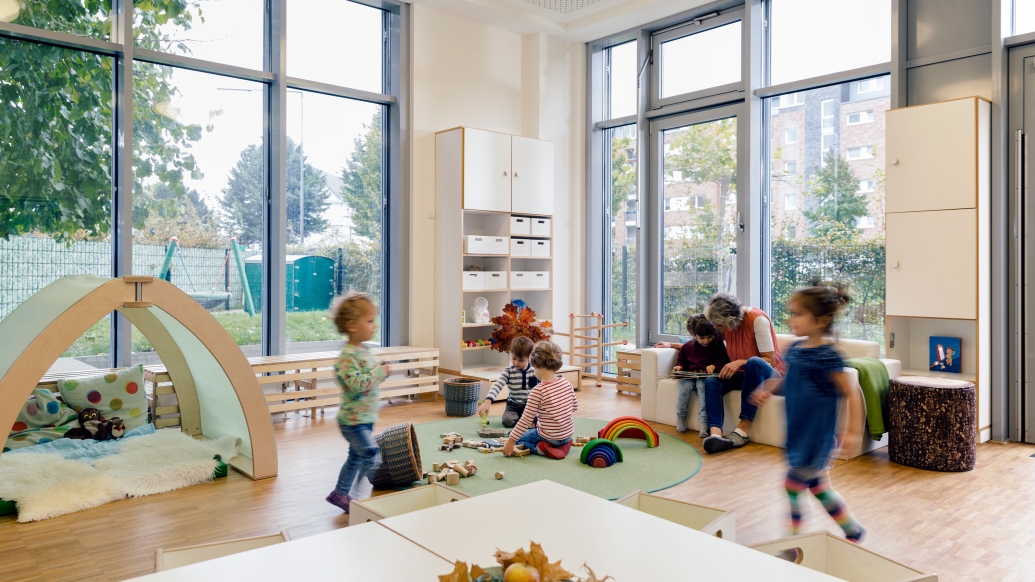Research sheds light on COVID in these child care settings
5:00 AM
Author |

Parents who send their children to child care can breathe a little easier – research published in JAMA Network Open from experts at Michigan Medicine, the University of Pittsburgh School of Medicine, and UPMC Children’s Hospital of Pittsburgh shows that children in daycare were not significant spreaders of COVID-19.
The study found that transmission rates of SARS-CoV-2 within child care centers was only about 2% to 3%, suggesting that children and caregivers were not spreading COVID at significant rates to others in the centers.
The study also found low rates of infection among households that had kids attending child care centers, as only 17% of household infections resulted from children who caught COVID at their centers.
Overall, the study found that only 1 in 20 symptomatic children attending child care centers tested positive for the virus.
In contrast, once someone in a household tested positive for the coronavirus, transmission to other household members was high, at 50% for children and 67% for adults.
Young children frequently contracted COVID-19 from individuals outside their child care center.
Additional safety measures
Despite the low rates of transmission in child care centers, experts still highly recommend that families get themselves and their children vaccinated against COVID-19, as additional research shows that vaccines are a safe and effective way of preventing against serious infection.
“We strongly recommend the COVID-19 vaccine for young children to disrupt the high rates of transmission that we saw occur in households that can lead to missed work and school,” said Andrew Hashikawa, M.D., clinical professor of emergency medicine in the Department of Pediatrics.
The Centers for Disease Control and Prevention currently advises that kids with congestion, runny noses or other respiratory symptoms get tested for COVID and stay home if positive.
The findings suggest that these recommendations could be revised to align with those of other serious respiratory viruses, like influenza and respiratory syncytial virus, commonly known as RSV.
"While it's crucial to remain vigilant in our efforts to manage the spread of SARS-CoV-2, it seems that prioritizing testing and extended exclusion periods for children in child care centers may not be the most practical approach, as it can place undue financial burden on families from frequent testing, result in missed work, and hinder children's critical access to quality care and education," said Hashikawa.
This study was supported by Merck Investigator Studies Program grant 60418, the Henry L. Hillman Foundation and Flu Lab.
Paper cited: “Incidence and Transmission of SARS-CoV-2 in US Child Care Centers After COVID-19 Vaccines,” JAMA Network Open. DOI: 10.1001/jamanetworkopen.2023.39355

Explore a variety of health care news & stories by visiting the Health Lab home page for more articles.

Department of Communication at Michigan Medicine
Want top health & research news weekly? Sign up for Health Lab’s newsletters today!





